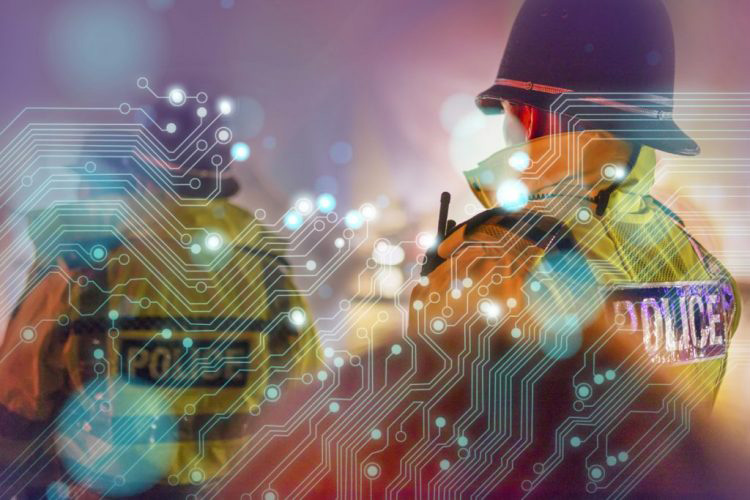DataSync Tailored Solutions for Policing System
As an important and ubiquitous field, the public security system directly impacts social order and public safety. With technological advancements, the requirements for hardware infrastructure, particularly smart cabinet, have become more demanding. The smart cabinet needs to have higher processing power and security to handle and store large amounts of real-time data, while modern cabinets must offer stronger power supply, data backup, and physical security.

Important Trends in Policing Sector
The increase in monitoring equipment has improved the efficiency of the public security system
In recent years, with accelerating urbanization and technological advancements, the number of surveillance devices in public security systems has increased significantly. From traffic intersections to public spaces, the coverage of surveillance networks has continuously expanded, with cameras achieving higher resolution and enhanced intelligence. Meanwhile, the integration of artificial intelligence and big data has introduced more advanced dynamic analysis capabilities.
The public security system collects online resident data and shares it with the branch offices
The public security system has progressively adopted centralized management of household registration and population data. While enhancing data integration efficiency, this shift also necessitates the establishment of more efficient information-sharing mechanisms among police station networks. Through interconnected regional data and a distributed network layout, local stations can access the latest household registration updates in real time.
Digital police equipment aims for higher reliability to enhance operational efficiency
Within the public security system, departments such as criminal police, traffic police, economic police, and local police stations handle numerous cases and tasks daily, bearing heavy workloads. This demands that digital devices maximize their support in improving efficiency and reducing human error, while ensuring a high level of reliability to meet the stringent requirements of a high-pressure work environment.

Key Challenges in Policing Sector
Public security affairs are accompanied by complex equipment and possible security risks
The management room of the public security system command center is often located in a small space, shared with large screen equipment and other key facilities. This layout lacks proper planning, making it difficult for maintenance personnel to work and providing very limited space for maintenance. Additionally, the movement of various personnel in and out of the area complicates security management and increases the risk of equipment safety. The security level of the equipment is relatively low, leaving it vulnerable to external interference or damage, especially during frequent personnel access and maintenance activities.
Ensuring the reliability and safety of police agencies is of vital importance
Police institutions handle a high volume of daily transactions, serving numerous citizens with services closely tied to their daily lives. This demands exceptional system stability, as any downtime could inconvenience the public and disrupt essential services. Moreover, police systems deal with vast amounts of personal and sensitive citizen data, necessitating stringent security measures. These systems must ensure 24/7 high availability while strictly adhering to privacy protection standards in data storage, transmission, and access to address potential cybersecurity threats.
The expansion of security systems leads to higher data storage requirements
Police security equipment is highly decentralized, with numerous devices installed on every street, including cameras, sensors, and alarm systems. These devices continuously generate and transmit vast amounts of data, covering information on vehicle traffic, pedestrian flows, and environmental monitoring. As the number of devices increases, the volume of data is also growing exponentially. This combination of decentralized deployment and massive data presents new challenges in storage, transmission, and analysis, while also highlighting the ongoing expansion of security systems in both scope and depth.